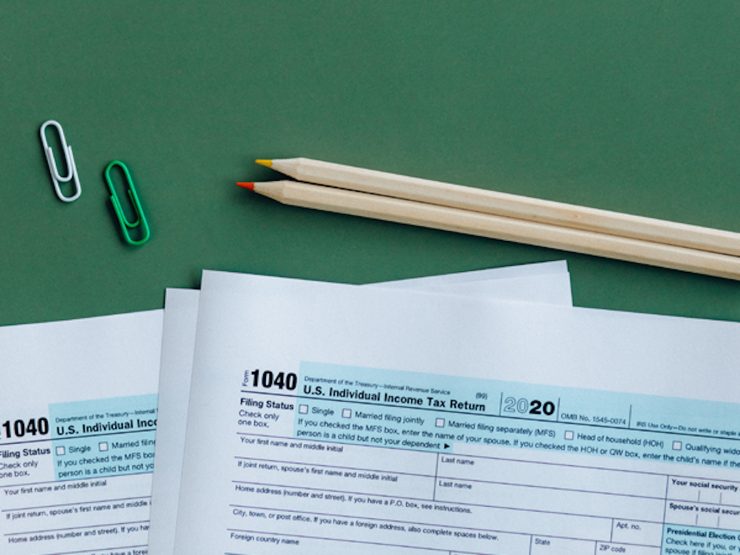Tax Changes You Need to Know About for 2022
December 13, 2022
Presented by: Commonwealth Financial Network
At the end of a year dominated by inflation, interest rate hikes, market turbulence, and recession fears, we can all use a break. Thankfully, the Internal Revenue Service (IRS) has offered a few new tax guidelines to try to account for the various economic factors affecting many Americans in 2022. While some rules will help you reduce your taxable income or increase your refund, others are reverting to pre-pandemic levels. As you prepare your paperwork for the April 18, 2023 deadline, use this overview to be sure that you’re aware of the latest updates. If you have questions about filing your taxes, contact your tax specialist.
The standard deduction increased. Here’s the first piece of good news: the IRS raised the standard deduction this year in response to growing inflation. To determine whether this increase will affect your taxes, you first need to determine whether it would be beneficial for you to take the standard deduction or itemize deductions on your tax returns. If your itemized deduction total would be lower than the standard deduction (which you can take without itemizing), your best and easiest bet would be to take the standard deduction. For married couples filing jointly, the standard deduction was bumped up $800 to $25,900. For single filers and married individuals filing separately, it is now $12,950 (up $400 from last year). There is currently no limitation on itemized deductions; that was eliminated by the Tax Cuts and Jobs Act. This unlimited itemized deduction rule will expire in 2025 unless a new law is passed.
There are no longer above-the-line charitable deductions. Last year, you could take a charitable donation deduction of up to $300 for single donors or up to $600 for married couples beyond the standard deduction. In 2022, if you take the standard deduction, that is no longer an option. If you itemize deductions, however (meaning your itemized deductions would be greater than the standard deduction), you can include charitable donations.
The Child Tax Credit reverted to 2019 levels. Temporary changes made to the Child Tax Credit last year as part of the American Rescue Plan have not been extended through 2022. This means the credit is $2,000 per child (a $1,000–$1,600 drop from last year), the maximum age children can qualify for it is 16 (17-year-olds qualified last year), and the early monthly installments we saw last year aren’t being offered. The credit is refundable up to $1,400 but is no longer fully refundable. The Earned Income Tax Credit and the Dependent Care Credit also reverted to 2019 amounts.
Eligibility for the Premium Tax Credit remains expanded. One tax credit expansion from 2021 that remains in effect for 2022 is eligibility for the premium tax credit (PTC), which covers premiums for health insurance purchased through the Health Insurance Marketplace. The temporary change included in the American Rescue Plan Act of 2021 eliminated the rule that said if your household income is more than 400 percent above the poverty line, you could not qualify for a PTC. Without this restriction, many more people can potentially qualify.
There will be no additional stimulus payments. Although many Americans were thrilled to see additions to their tax refunds in 2020 and 2021, there will be no stimulus payments for 2022. So, be sure that you don’t count on that extra income when you budget for 2023. 2021 was also the last year to claim the Recovery Rebate Credit for a missed or lesser stimulus payment.
The threshold that triggers a Form 1099-K decreased. The IRS has always required reporting of all taxable income, but up until this year, Form 1099-K was required only if you had more than 200 goods and services transactions via a third-party payment network in a year and exceeded $20,000 in transactions. This year, the threshold is much lower at only $600, with no minimum number of transactions. This means more small businesses will receive this form from third-party payment networks than in the past. If it is required, you should receive it by January 31, 2023.
This is just a brief overview of some of the IRS changes for the 2022 tax year. A tax professional can help you determine which rules apply to your specific finances and how you can maximize the benefits available to you. Please feel free to reach out to our office for additional guidance.
This material has been provided for general informational purposes only and does not constitute either tax or legal advice. Although we go to great lengths to make sure our information is accurate and useful, we recommend you consult a tax preparer, professional tax advisor, or lawyer.


